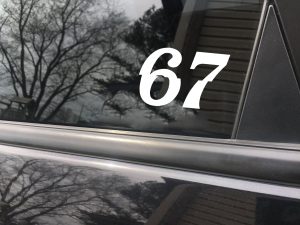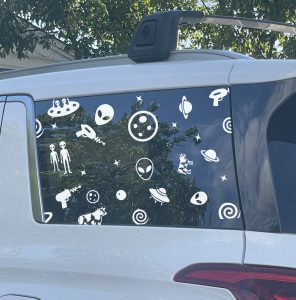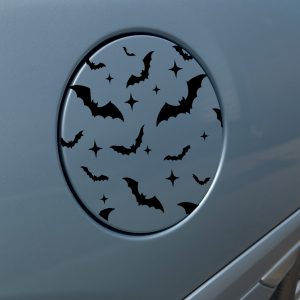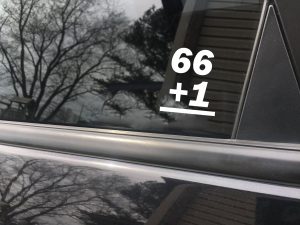Quick links: All Decals • Holographic • Funny
## How to Choose Durable Vinyl Car Decals for Your Vehicle
Selecting the right vinyl decal ensures it lasts, looks great, and is easy to install or remove. Focus on Oracal 651 vinyl, compatibility with your vehicle’s surfaces, proper sizing, and best practices for application and removal.

## Understanding Vinyl Types and Compatibility
### Why Choose Oracal 651?
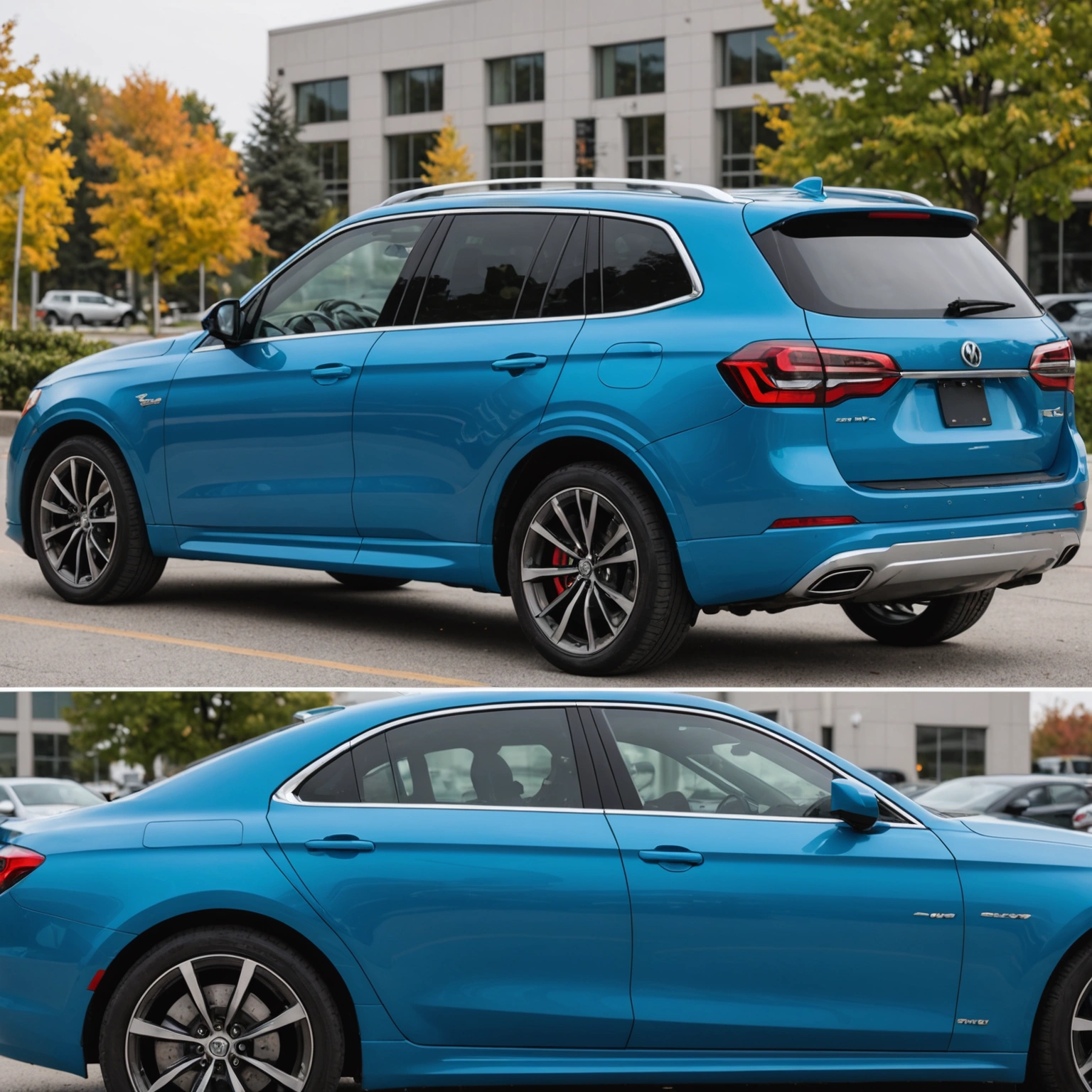
– **Durability:** Up to 6 years outdoor lifespan.
– **Adhesive:** Permanent, weather-resistant.

– **Best for:** Car windows, paint, and smooth surfaces.
### Surface Compatibility
– **Painted surfaces:** Ensure the surface is clean, dry, and free of wax or oil.
– **Windows:** Use window-specific decals or ensure Oracal 651 is suitable for glass.
– **Avoid:** Rough, textured, or dirty surfaces for best adhesion.
## Picking the Right Size and Design
### Sizing Tips
– **Measure carefully:** Match decal size to the area for a balanced look.
– **Avoid overly large decals:** They can peel or lift over time.
– **Pro tip:** Use painter’s tape to visualize size before committing.
### Design Considerations
– **Simple designs:** Easier to install and remove.
– **Color contrast:** For visibility, choose colors that stand out against your vehicle’s color.
## Installation Best Practices
### Prep the Surface
– Wash with soap and water, then wipe with isopropyl alcohol.
– Dry thoroughly to eliminate dust and grease.
### Application Steps
– Use a squeegee or credit card to smooth out air bubbles.
– Work from the center outward.
– For windows, consider using a transfer tape for precise placement.
### Pro Tips
– Install in a shaded, dust-free environment.
– Use a heat gun or hairdryer to soften the vinyl for difficult curves.
## Removal and Maintenance
### Easy Removal Tips
– Warm the decal with a heat gun to loosen adhesive.
– Peel slowly at a 45-degree angle.
– Use adhesive remover if residue remains.
### Maintenance
– Wash gently with mild soap.
– Avoid abrasive scrubbers that can damage the decal or paint.
## Recommended Decals
– Custom logo or text decals.
– Vehicle-specific designs (e.g., racing stripes).
– Window decals with transparent backgrounds.
## Conclusion
Choosing the right durable vinyl decal involves understanding vinyl types, surface compatibility, proper sizing, and installation techniques. With these tips, your decal will look great and last for years. Ready to personalize your vehicle? Shop our selection of high-quality Oracal 651 decals today!
Shop this look
FAQs
**Q1:** What type of vinyl is best for durable car decals?
**A:** Oracal 651 is a premium, 5-year outdoor-rated vinyl ideal for vehicle decals due to its durability, weather resistance, and ease of removal without damage to paint or glass.
**Q2:** Can I use window tint vinyl for decals?
**A2:** No, window tint vinyl is designed specifically for glass and may not adhere well or withstand outdoor conditions if used as decals on painted surfaces.
**Q3:** How do I remove vinyl decals without damaging my vehicle?
**A3:** Gently heat the decal with a heat gun or hairdryer, then peel slowly. Use adhesive remover for residue, avoiding harsh chemicals to protect paint and glass surfaces.
{“@context”:”https://schema.org”,”@type”:”FAQPage”,”mainEntity”:[{“@type”:”Question”,”name”:”**Q1:** What type of vinyl is best for durable car decals?”,”acceptedAnswer”:{“@type”:”Answer”,”text”:”**A:** Oracal 651 is a premium, 5-year outdoor-rated vinyl ideal for vehicle decals due to its durability, weather resistance, and ease of removal without damage to paint or glass.”}},{“@type”:”Question”,”name”:”**Q2:** Can I use window tint vinyl for decals?”,”acceptedAnswer”:{“@type”:”Answer”,”text”:”**A2:** No, window tint vinyl is designed specifically for glass and may not adhere well or withstand outdoor conditions if used as decals on painted surfaces.”}},{“@type”:”Question”,”name”:”**Q3:** How do I remove vinyl decals without damaging my vehicle?”,”acceptedAnswer”:{“@type”:”Answer”,”text”:”**A3:** Gently heat the decal with a heat gun or hairdryer, then peel slowly. Use adhesive remover for residue, avoiding harsh chemicals to protect paint and glass surfaces.”}}]}

